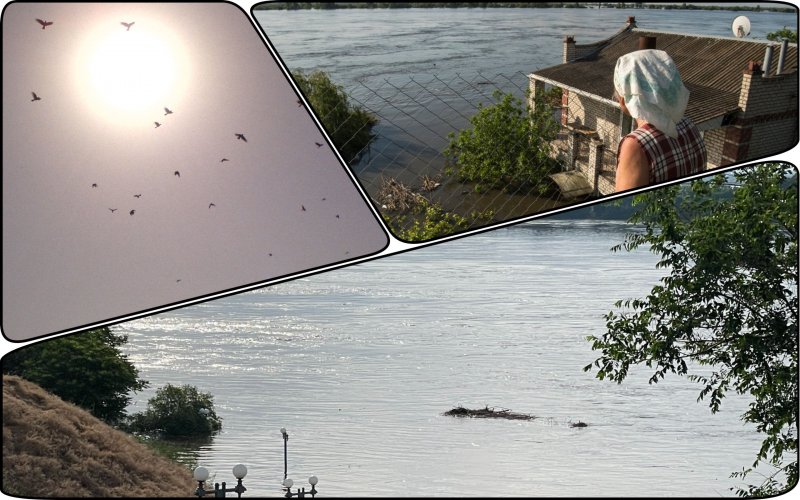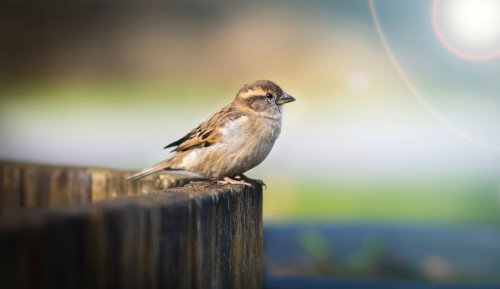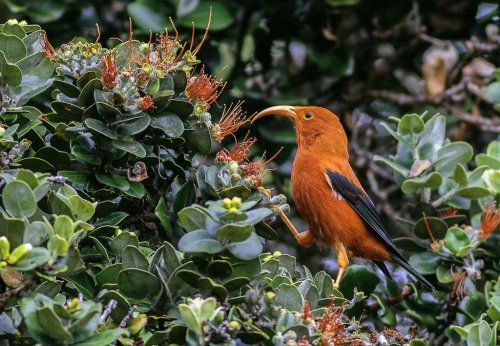The Minister of Environmental Protection and Natural Resources, Ruslan Strilets, said that 160,000 birds and more than 20,000 wild animals were at risk of death due to the explosion of the Kakhovskaya HPP.
Big water washes away all our biodiversity and can destroy 9 objects of the Emerald network and 5 Ramsar sites with an area of more than 76 thousand hectares, he said on the air of the national marathon, the Ministry of Environment reports.
"It will be almost impossible to restore these ecosystems in the original form, as nature created them. It will take decades. And no amount of money in the world will return us to our unique nature," said Strilets.
He drew attention to the fact that the flooding of lands will lead to degradation of the soil cover, erosion and will wash away the entire fertile layer of the soil into the water. It will also cause pollution of the Dnipro River. After all, tons of household waste, destruction waste and everything that has accumulated over the years on the shore of the reservoir will end up in the Dnipro, and from there into the Black Sea.
Another consequence of the disaster was the loss of the most valuable resource – water.
"As of today, we have already lost a third of the water from the Kakhovsky reservoir, which was accumulated thanks to the spring flood," he said.
The Striletsemphasized that the detonation of the dam seriously complicated the situation with the provision of drinking water in the Dnipropetrovsk, Zaporizhia and Mykolaiv regions. But thanks to the early modeling of the situation, all necessary measures are currently being taken to provide the population with drinking water as soon as possible.
"The government has allocated UAH 120 million to the State Water Agency for the sustainable provision of drinking water to the residents of Mykolaiv. The project will be implemented, according to which water will be supplied to the city through the channel of the Ingulets River in a special mode of operation. The project will make it possible to achieve the necessary indicators of the quality of drinking water and return its supply to the city." he said.
The Strilets also emphasized that by blowing up the Kakhovskaya HPP, the occupiers destroyed the possibility of supplying Dnieper water to Crimea. The level of the Kakhov reservoir is so critical that water simply will not reach the North Crimean Canal.
Earlier, EcoPolitic wrote, that due to the explosion of the Kakhovskaya HPP in the Kherson region about 55 thousand hectares of forests were flooded, of which 47 thousand hectares are in the occupied territory. Trees up to 10 years old are at risk of death, and most animals will have no chance of survival.
As EcoPolitic previously reported, the flooding of the Nizhnyodniprovskyi National Nature Park in the Kherson Region due to the explosion of the Kakhovskaya HPP caused losses of 46.55 billion UAH.





